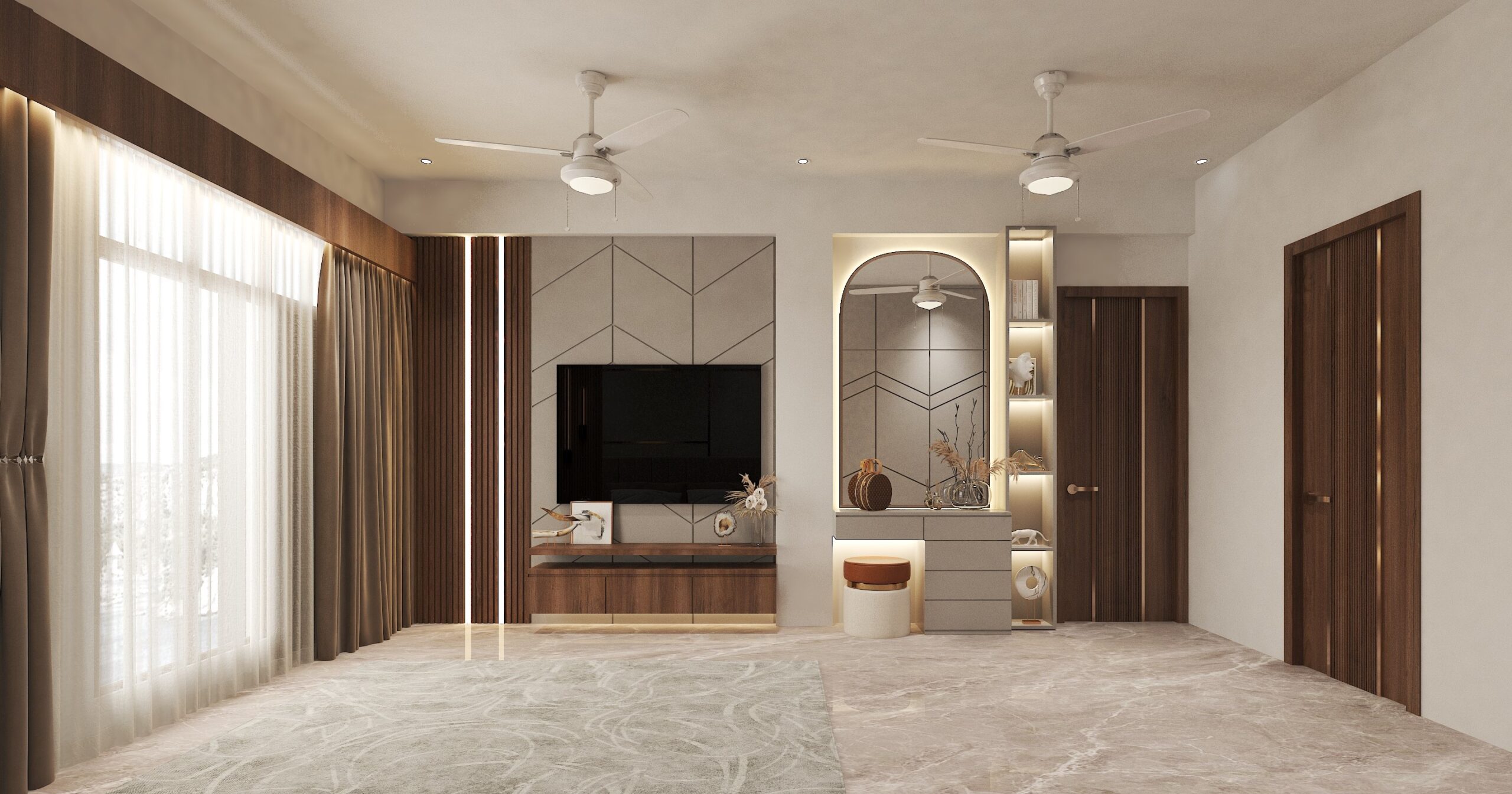Enhancing Your Space: Choosing a Natural Color Theme for a Calm Environment

Introduction:
Creating a peaceful and natural environment within your living space can profoundly impact your well-being. The colors you choose can evoke feelings of tranquility, connectedness, and harmony with nature. In this blog, we’ll explore into the art of selecting a color theme that mimics the beauty of the natural world, bringing the outdoors inside, and fostering a sense of calm in your surroundings.
The Significance of Color in Design:
Colors have the power to influence our emotions and perceptions. When aiming for a natural environment, it’s essential to understand the psychology of colors. Earthy tones like greens, browns, blues, and soft neutrals are reminiscent of the great outdoors and can induce a feeling of relaxation.
Drawing Inspiration from Nature:
Nature serves as an endless source of inspiration for color choices. Observe the colors of landscapes, forests, oceans, and meadows. Pay attention to the changing hues throughout the day and across seasons. These observations can guide you in selecting colors that evoke the same sense of calm and harmony in your space.
Greens: The Essence of Nature:
Green is undoubtedly the most emblematic color of nature. It symbolizes growth, renewal, and freshness. Incorporating various shades of green into your interior design can instantly bring a touch of the outdoors inside. Pair deeper greens with lighter accents to create balance and contrast, mirroring the play of light and shadow in a forest.
Earthy Browns and Rustic Warmth:
Brown tones mimic the earth and wood, imparting a cozy and grounding feel to your space. Consider using warm browns for furniture or accent walls to create a cocoon-like ambiance. Complement these tones with organic textures like wooden furniture, jute rugs, or stone accents to enhance the natural vibe.
Tranquil Blues: Reflecting the Sky and Sea:
Blues evoke the calmness of open skies and vast oceans. Light blues can imbue a sense of serenity, while deeper blues can add sophistication and depth. Integrate blue into your design through textiles, artwork, or decor items to remind you of the soothing rhythm of waves.
Soft Neutrals: Creating a Blank Canvas:
Neutral shades like beige, taupe, and soft grays act as a canvas for your natural color theme. They provide a soothing backdrop that allows other natural hues to shine. Neutrals are versatile and can be used for walls, upholstery, or larger pieces of furniture.
Bringing in Natural Elements:
Incorporate elements from nature, such as plants, flowers, and natural materials like wood and stone. These additions contribute to the overall aesthetic and reinforce the natural color theme you’ve chosen.
Consider Lighting and Space:
The lighting in your space can significantly affect the appearance of colors. Natural light showcases colors more accurately, while warm artificial lighting can enhance the coziness of earthy tones. Also, consider the size of your space; lighter colors can make a room feel more spacious, while darker colors create intimacy.
Personalization and Balance:
While sticking to a natural color theme, don’t be afraid to add personal touches. Integrate artwork or decor that resonates with you, as long as it harmonizes with the overall color scheme. Strive for a balanced distribution of colors to avoid overwhelming or monotonous environments.
Conclusion: Crafting Your Tranquil Haven:
In your quest to create a natural environment within your living space, your chosen color theme plays a pivotal role. By harnessing the calming and harmonious tones of the natural world, you can transform your home into a serene haven that nurtures your well-being and connects you to the beauty of the outdoors.
Remember, the goal is to create a space that resonates with you and brings you joy, so trust your instincts and let the colors of nature guide you toward a tranquil and inviting atmosphere.
